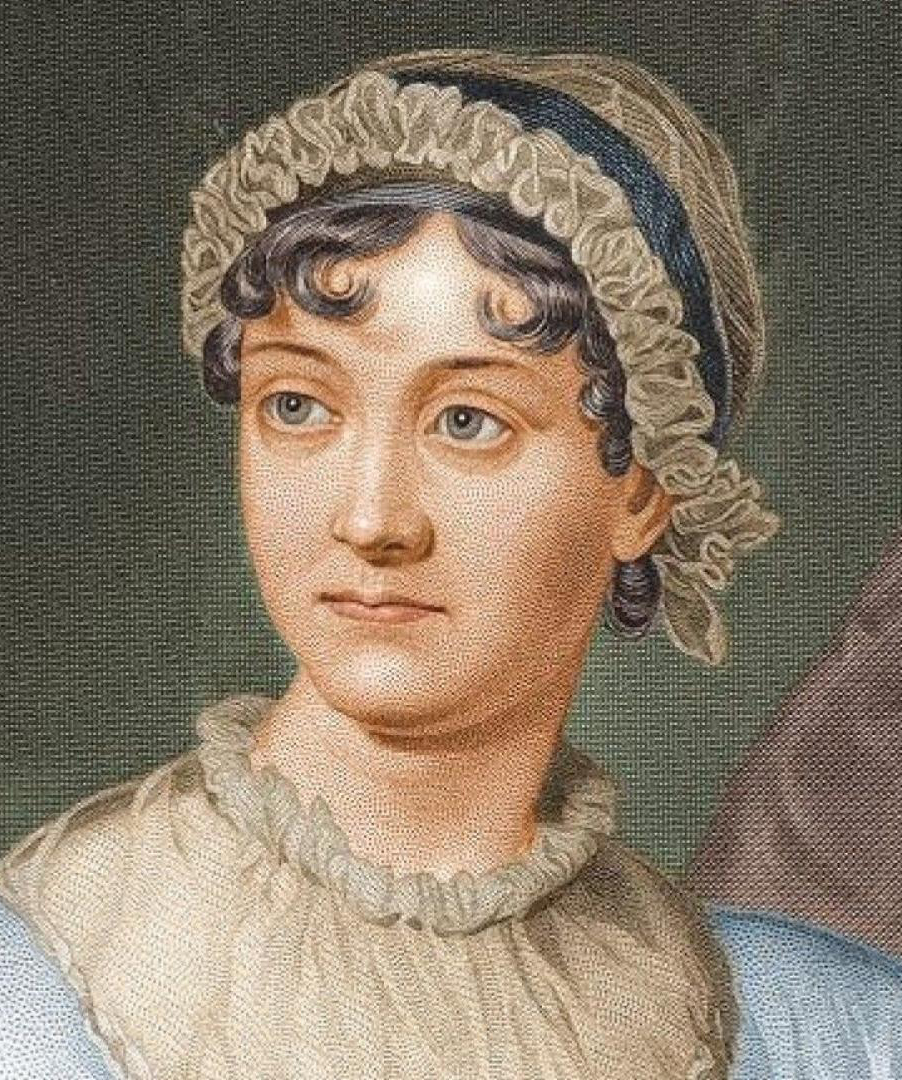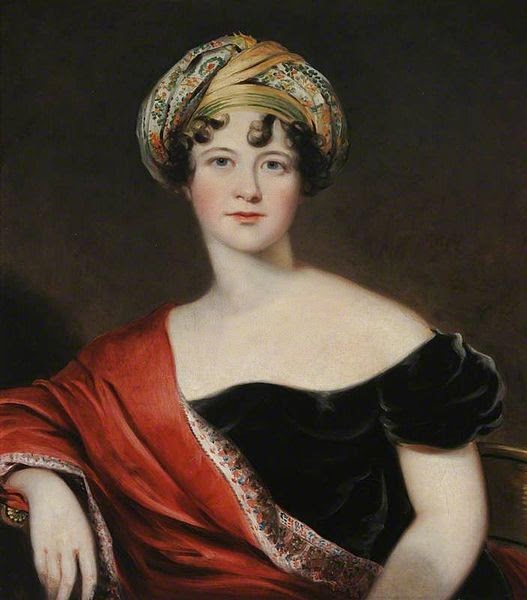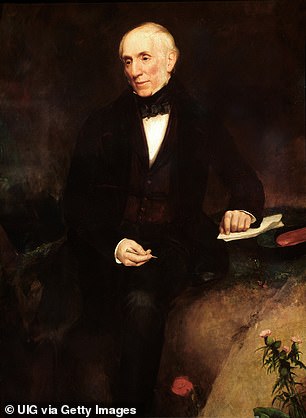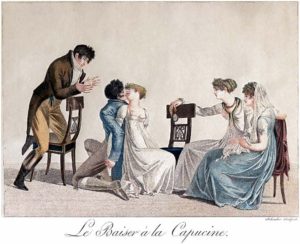Please join Julian Fellowes, creator, sole writer, and executive producer of the hit television series Downton Abbey and the author of the new novel Belgravia, who is touring the blogosphere with a progressive blog tour from April 14 to June 16, 2016!
(This is carolyn posting for Risky Amanda!)
Similar to a progressive dinner party, where a group of friends each make one course of a meal that moves from house to house with each course, this progressive blog tour features eleven bloggers and authors, each offering a recap and review of one episode from the book.
Visit Luxury Reading to learn more about Episode 5, and read on for our review of Episode 5: The Assignation.
Don’t forget to enter for a chance to win 1 of 3 hardcover copies of Belgravia–details below!
I was so excited when I was asked if the Riskies would host one of the stops for the blog tour of “Belgravia,” Julian Fellowes’s new serial novel about scandal and romance in 1840s London! I’ve been suffering some “Downton Abbey” withdrawals since the last episode of that show (sniff!), and this seemed like a good way of recovering. I wasn’t wrong. “Belgravia” is so much fun!
It’s much harder than I thought, though, to just review ONE episode, considering all the complicated twists and turns of the relationships in the story, and the way the scandalous past comes to haunt the present. Episode 6: A Spy in Our Midst was a good episode to draw, though. So much happened! As the scene opens, James Trenchard is nervously awaiting word whether he will be accepted into the Athenaeum Club (not really a spoiler: he is), when he is visited by his secret grandson Charles Pope, who says his investment scheme is very close to becoming a reality, thanks to Lady Brockenhurst’s interest (which is already being remarked on and gossiped about in Society). James fears once the truth is known, his brand new club membership will be revoked (“Anne’s pity for the countess would be their undoing”), but he enjoys his time with Charles anyway, and takes him to lunch at the club, which leads to awkward confrontations with an officious club butler, and a fight with his drippy son Oliver.
In fact, there were many confrontations and near-confrontations here, as well as new layers of forbidden romance (Maria Grey, almost betrothed to John Bellasis, has a new crush on Charles Pope, and John is having an affair with Oliver’s wife Susan, ouch). There is a real sense in this chapter of matters building to a head, rushing toward a big blow-up that can’t be stopped, and I can’t wait to see what happens next. (And yes, there IS a spy, a rather unexpected one, but you have to read to the end of the episode to find out who/how/why!)
There is so much to enjoy in this story, much of it the same things I loved about “Downton.” Complex characters, with complex relationships; family secrets; snappy British dialogue; scandal and sadness and hope. You can wait and order the full story, of course, but I think it’s a lot of fun to read as they are released now, in installments. What do you think will happen next???
Giveaway
Win a Copy of Julian Fellowes’ Belgravia
In celebration of the release of Julian Fellowes’ Belgravia, Grand Central Publishing is offering a chance to win one of the three (3) hardcover copies of the book!
To enter the giveaway contest, simply leave a comment on any or all of the stops on the Julian Fellowes’ Belgravia Progressive Blog Tour starting April 14, 2016 through 11:59 pm PT, June 22, 2016. Winners will be drawn at random from all of the comments and announced on Austenprose.com June 23, 2016. Winners have until June 30, 2016 to claim their prize. The contest is open to international residents and the books will be shipped after July 5, 2016. Good luck to all!
Belgravia Progressive Blog Tour Schedule
April 14 – Austenprose.com: Episode 1: Dancing into Battle
April 14 – Edwardian Promenade: Episode 2: A Chance Encounter
April 21 – Fly High: Episode 3: Family Ties
April 28 – Calico Critic: Episode 4: At Home in Belgrave Square
May 12 – Risky Regencies: Episode 6: A Spy in our Midst
May 19 – Book Talk and More: Episode 7: A Man of Business
May 26 – Mimi Matthews: Episode 8: An Income for Life
June 02 – Confessions of a Book Addict: Episode 9: The Past is a Foreign Country
June 09 – Laura’s Reviews: Episode 10: The Past Comes Back
June 16 – Gwyn Cready: Episode 11: Inheritance

















